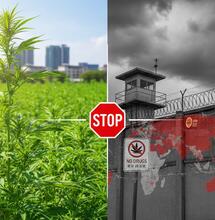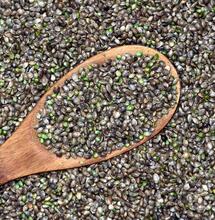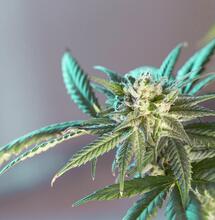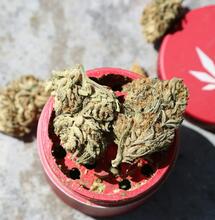Hundreds of 'Spice' Variants Surface After DEA Ban

The Drug Enforcement Agency (DEA) has a problem on its hands: How do you ban something when prohibition just creates hundreds of derivative products?
That's precisely the situation the agency is confronting with synthetic marijuana blends most commonly known as "Spice," which they issued an emergency ban on in late 2010. Since the ban, which covered just a handful of active ingredients, chemical manufacturers in China have tweaked the recipe just enough to skirt the prohibition.
Thanks to the narrow nature of the DEA's emergency ban and the patchwork of state laws passed amid a media-driven climate of fear, over 100 new varieties of the active ingredients in "Spice" are now readily available in stores across the country, according to The Washington Post.
There are so many, and more coming out every week, that regulators cannot keep up with it. Another side effect of the prohibition: Chemists, often needed to testify against "Spice" users in court, cannot reliably testify that the new chemicals are "similar" to what's been banned because they know nothing about them.
The original chemicals in "Spice" were synthetic cannabinoids known as JWH-018, JWH-073, JWH-200, CP-47 and cannabicyclohexanol. In low doses, these drugs can cause a marijuana-like high that produces laziness, hunger and mirthfulness. In larger doses, which are often impossible to measure with any accuracy, some have reported suffering paranoid hallucinations, extreme forgetfulness, heart palpitations, elevated blood pressure and seizures.
In some cases, doctors have seen symptoms last for days, and some have speculated that the substances may be a trigger for dormant schizophrenia. Worse still for potential users, some variants of the synthetic cannabinoids are hundreds of times stronger than their more common cousins, meaning if some homespun distributor coats the plant material with the wrong substances, a single hit of the drug could be enough to trigger a severe, intense reaction.
Without quality control, there's no way to know if the product can be used with relative safety. More troubling yet, the effects of the new chemical variants have not been fully cataloged, and authorities fear some may be even more potent than what's been banned. Critics of the ban say the new chemicals are a consequence of the DEA's hasty prohibition, but the DEA insists that their emergency ban was needed to protect the lives of children from a product that was increasingly being sold in convenience stores.
Polling earlier this year found that synthetic marijuana blends have become immensely popular with teens and members of the military, as they were nearly impossible to test for until the DEA banned the substances. New tests have not been developed to counter the new chemicals due to a lack of common knowledge about them.



